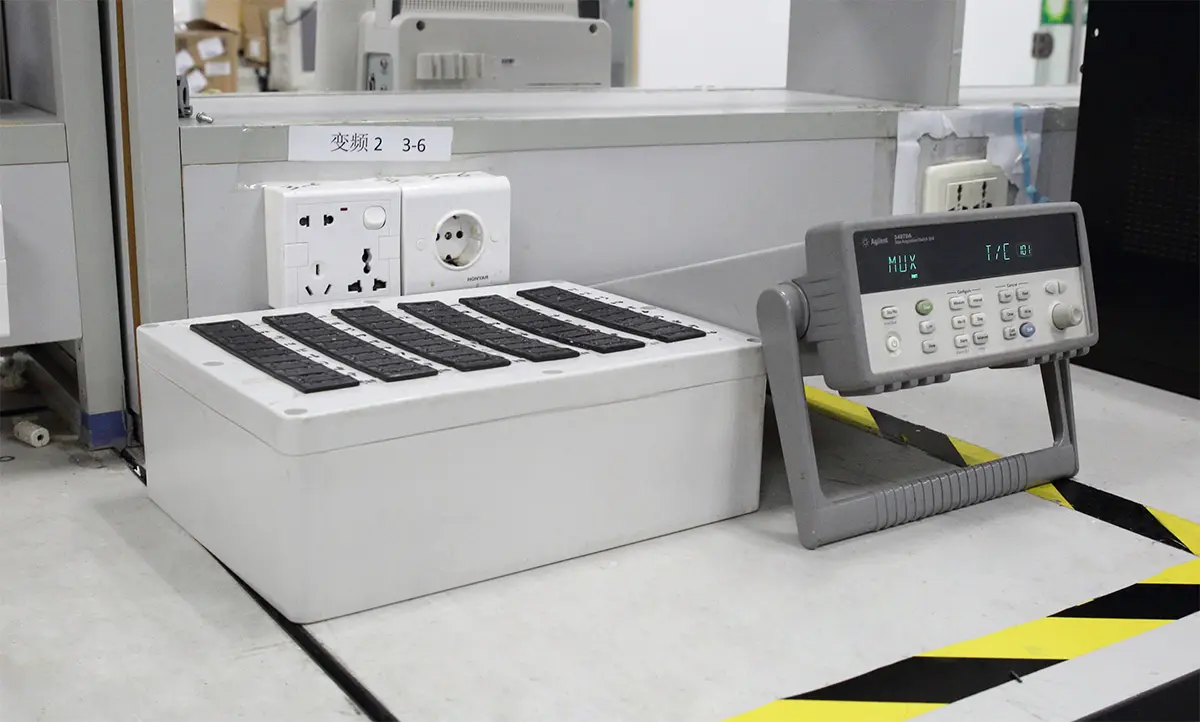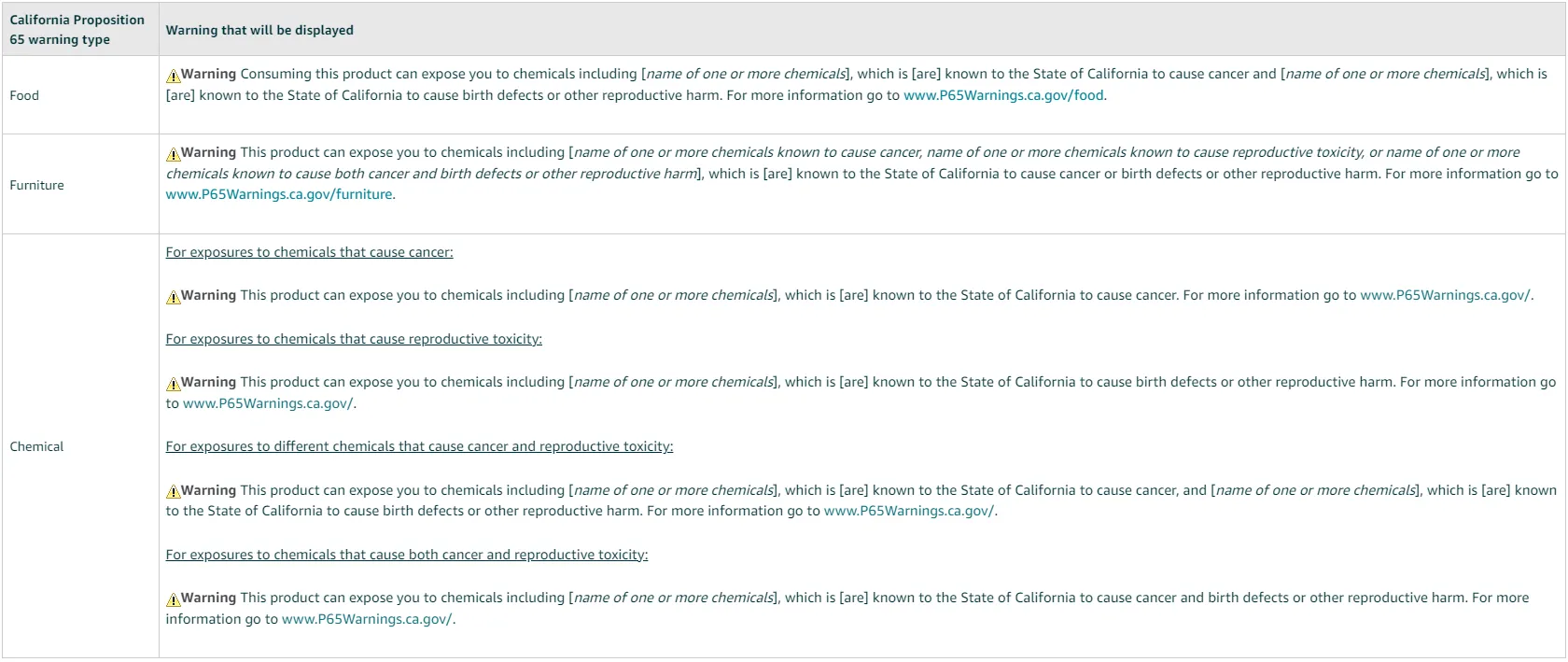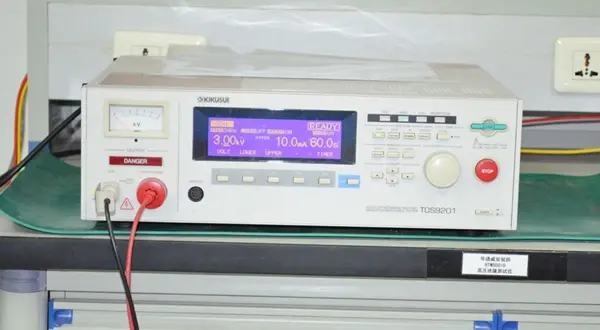
ASTM F963 CPSIA
Children's Product Certificate (CPC)
Manufacturers and importers of children’s products must issue a written Children’s Product Certificate (CPC) based on test resULts from a CPSC-accepted laboratory, certifying that their children’s products comply with applicable children’s product safety regulations.
The CPC is a document requiRED by the Consumer Product Safety Improvement Act (cpsia). It certifies that your children’s product complies with all applicable product safety rules.
The CPC is crucial for child safety because it ensures products meet federal safety standards. Without a CPC, sellers cannot legally sell certain children’s products in the United States.
The issuance of a CPC depends on whether the product has passed testing conducted by a CPSC-authorized third-party testing laboratory. China JJR Test Lab is qualified to conduct cpc testing and certification and is an authorized body recognized by the U.S. Consumer Product Safety Commission (CPSC).

Consumer Product Safety Improvement Act (CPSIA)
CPSIA defines the term "children’s product." It primarily targets consumer products designed or intended primarily for children 12 years of age or younger.
Requirements under CPSIA include:
1. Compliance with all applicable children’s product safety rules
2. Testing by a CPSC-accepted accredited laboratory, unless an exception applies
3. Issuance of a Children’s Product Certificate (CPC) documenting compliance
4. Permanent tracking information affixed to the product and its packaging
cpsia testing includes but is not limited to the following:
1. Total lead content in paints/surface coatings
2. Total lead content in accessible substrate materials: metal components
3. Total lead content in accessible substrate materials: non-metal components
4. Lead-containing children's products
5. Prohibition of phthalates in children’s items
6. Small parts labeling
7. Tracking labels for children's products
ASTM International – ASTM F963
ASTM International (formerly American Society for Testing and Materials) develops and publishes international standards for product testing, including ASTM F963-23. Under CPSIA, compliance with ASTM F963-23 is mandatory for various toys and other children’s products.
The standard has successfully eliminated many potential toy hazards, including those not easily recognized by the general public. Some provisions are intended to prevent direct hazards, such as:
“Nails and fasteners must not present sharp points, edges, ingestion, or projection hazards”
Surfaces must be free from hazardous substances
By identifying hazards both obvious and subtle in toy use, ASTM F963-23 has become the nationally recognized safety standard for toys.
ASTM F963-23 covers a broad range of safety aspects, including:
1. CheMICal and heavy metal restrictions
2. Mechanical and physical properties
3. Electrical safety
4. Sharp points and small parts
5. Flammability
Email:hello@jjrlab.com
Write your message here and send it to us
 What Are the Battery Compliance Test Reports?
What Are the Battery Compliance Test Reports?
 Christmas Children’s Products EU & US Complian
Christmas Children’s Products EU & US Complian
 Food Packaging Material Testing
Food Packaging Material Testing
 Cosmetic Product Safety Report
Cosmetic Product Safety Report
 What is Prop 65 Warning?
What is Prop 65 Warning?
 Does RoHS Apply to Packaging?
Does RoHS Apply to Packaging?
 How to Get RoHS Compliance?
How to Get RoHS Compliance?
 How to get EN 62368-1 Test Report
How to get EN 62368-1 Test Report
Leave us a message
24-hour online customer service at any time to respond, so that you worry!




